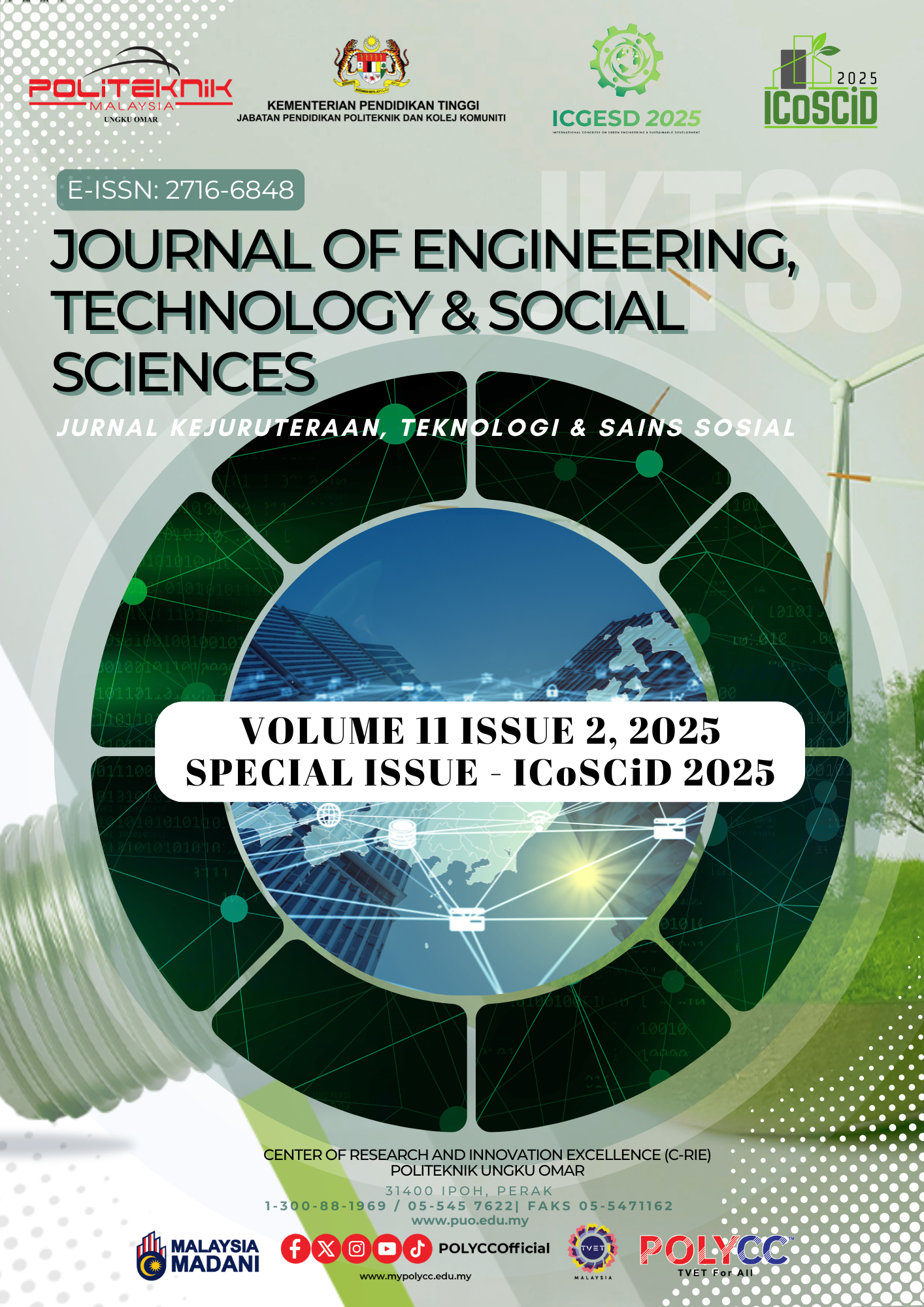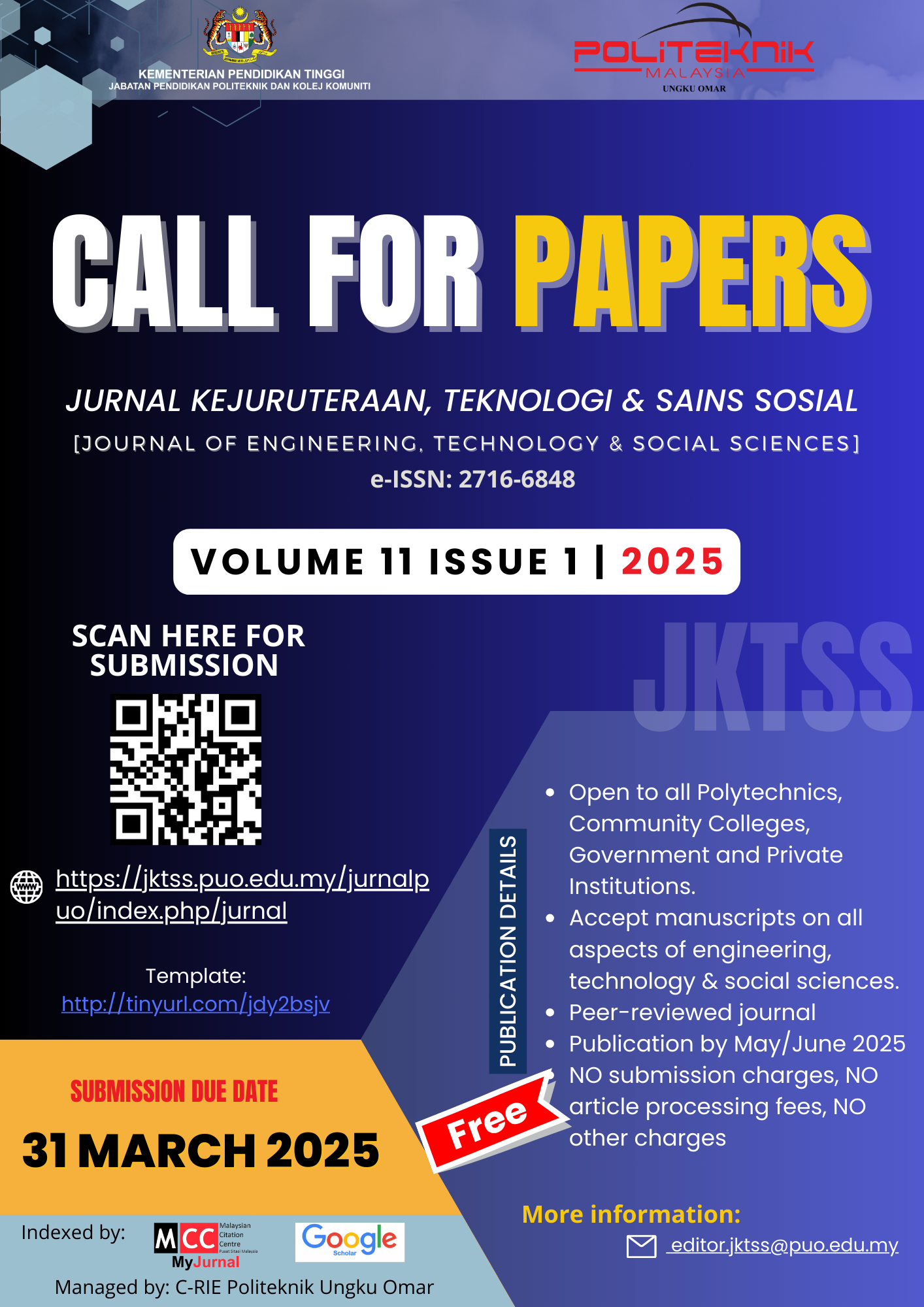PERFORMANCE EVALUATION OF GNSS TECHNIQUES IN CADASTRAL SURVEY WORKS
Keywords:
cadastral surveying; GNSS positioning; total station; boundary accuracy; land subdivisionAbstract
Conventional cadastral surveying methods offer high accuracy and legal acceptance but face practical challenges in modern land management. These traditional approaches are time-consuming and demand extensive manual fieldwork, specialized instruments, and skilled personnel, leading to high costs. They also rely on line-of-sight between survey points, limiting their effectiveness in urban, heavily vegetated, or uneven terrains. As a result, conventional surveys may delay projects and struggle to scale for increasing demand. This study assesses the accuracy and efficiency of Global Navigation Satellite System (GNSS) techniques—specifically Single-Based Real-Time Kinematic (RTK) and Network-Based Virtual Reference Station (VRS)—compared against traditional Total Station methods in cadastral surveys. A field survey was conducted on a residential lot, with comparative analysis based on coordinates, bearing, distance, and area. The GNSS methods produced results closely matching the Total Station reference, with area deviations below 0.34%. Between the two GNSS techniques, VRS demonstrated slightly better accuracy and consistency. The findings endorse GNSS technology as a reliable, efficient alternative for cadastral surveying, particularly in areas with clear sky views. This supports more rapid, cost-effective land surveys without compromising accuracy, aligning well with contemporary land administration needs.










